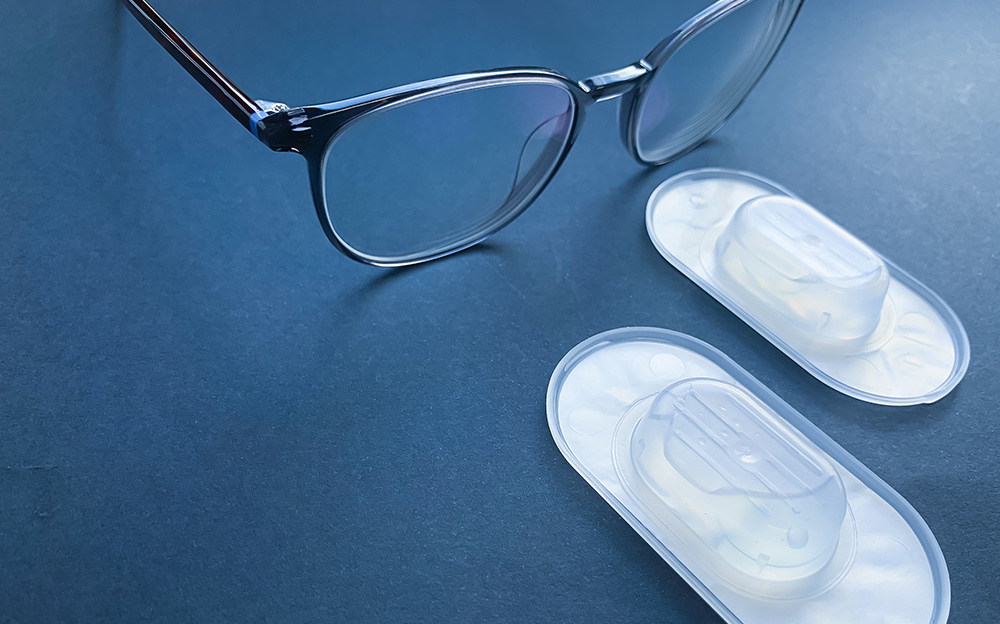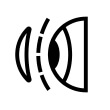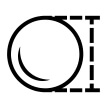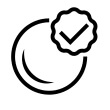Contact Lens Eye Exams
Eye exams for contact lenses aren’t exactly the same as regular eye exams. Heartland’s contact lens exams include additional tests just for contact lens users, so they take longer to perform. We want to ensure that you’ve been prescribed the correct type of contacts and that your contact lenses aren’t creating problems for your eyes, so follow-up visits will also be scheduled.
Fittings and exams for contact lenses are performed by a licensed optometrist at all Heartland Vision locations.
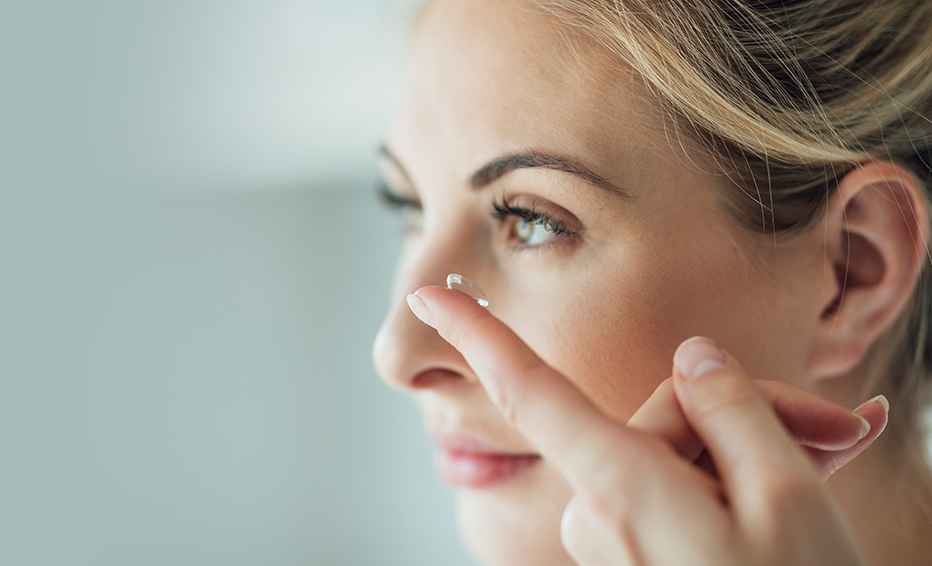
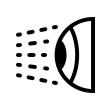 Corneal topography
Corneal topography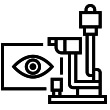 Biomicroscopy
Biomicroscopy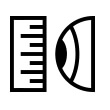 Pupil & iris measurement
Pupil & iris measurement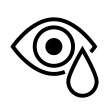 Tear film evaluation
Tear film evaluation